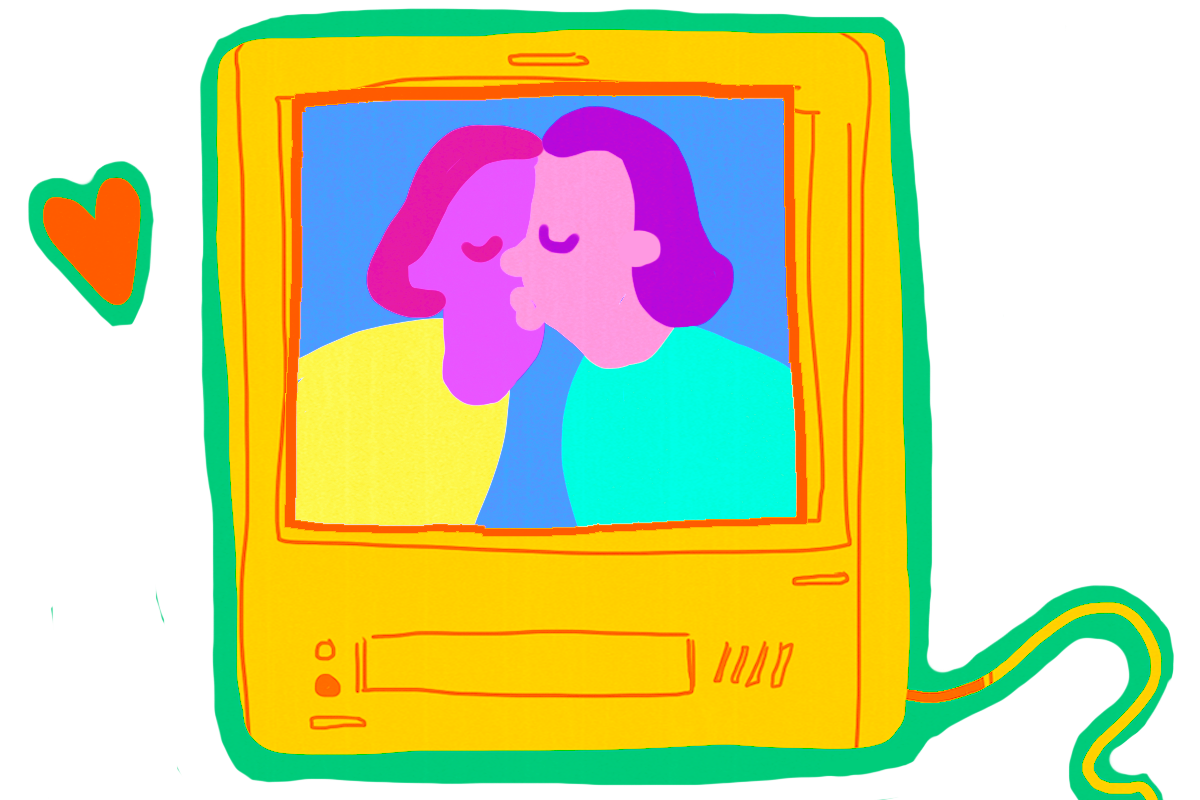
Millions celebrate Diwali every year, the School of the Art Institute of Chicago (SAIC) included. Popularly known as the Hindu festival of lights, Diwali festivities will be hosted by the South Asian Students Association (SASA) on November 6th in the MacLean Ballroom.
This year’s Diwali will be SASA’s first with their new name. Formerly, the organization was known as Namaste, but the name was changed last year to be more inclusive. For the event organizers, Ankita Saigal (AIADO ‘19) and Harshitaa Agrawal (Interior Architecture ‘19), Diwali is about community, at SAIC as at home. They told FNews via email that in preparing for the event, they try to “create a similar environment of togetherness, with celebrations that connect everyone to home. It’s the late night dance practices and hours of prepping for the big day that make putting this festival [together] all the more enjoyable.”
The festival celebrates the triumph of light over darkness through dance, celebration, and most of all, lights. It lasts five days each autumn, coinciding with amavasya, or New Moon, which generally falls between mid-October and mid-November. The festival dates back so far that its exact origins cannot be placed. It is mentioned in sanskrit texts dating to the first millennium CE. Famous 9th century poet Rajasekhara describes whitewashing and lighting oil lamps for the festival in his poem Kavyamimamsa.
The main event at the SASA celebration is the dance performance. It involves a month of intensive rehearsal, with around 30 dancers and seven choreographers. This year, the theme is Bollywood.
The head choreographer for the performance is Harini Nilakantan (AIADO ‘20), a professionally trained Bharatanatyam dancer. Bharatanatyam is a classical form of southern Indian dance. Nilakantan told FNews, “this year, I wanted to take a slightly more ‘carefree’ or comedic approach to the dances, but not turn it into caricature. Bollywood dance numbers are very, very intense and involve a lot of over-the-top facial expressions that add to the grandeur of the performance.”
Most of those who sign up for the performance are non-dancers — the Bollywood playfulness is part of the draw. Plus, says Krutika Surve, assistant choreographer and also a staff writer at FNews, many people already know these famous songs. “They are iconic!”
The rehearsal process, with 30+ dancers, is intense. Said Surve, the group collaboration has expanded the performances: “We got a lot from free-styling. We would just [play] the music and just do whatever, and hope to get something cool out of it.”
The multiplicity of Diwali’s potential origins makes the festival all the richer. According to Dr. Vasudha Narayanan, professor of religion at the University of Florida, “Most Hindus do not think one story is real and the others are wrong; like many other Hindu concepts and festivals, we think of Deepavali as having multiple narratives and meanings.”
In choreographing the dance, Nilakantan had both modern and traditional influences. She designed the choreography herself, then taught it to six other choreographers, and together they have instructed the rest of the dancers. Describing this process, Nilakantan says, “I drew a lot from my Indian classical background but also took inspiration from Bhangra – a traditional folk dance from Punjab – and typical Bollywood steps which can be best described as a mosaic of hip-hop, Indian classical dances, and Indian tribal dances.”
The combination of modern and traditional is what she hopes will make the performance rich and engaging. “The traditional aspect of this performance is sprinkled throughout our facial expressions and our movements, especially in the songs Mundian toh Bachke by Punjabi MC, which is a Bhangra-Funk inspired choreography, and the intro Cham Cham Cham, which has mudras [and] hastas (hand gestures) that are frequently used in Bharatanatyam.”
It was important to Nilakantan to put on a traditional dance performance, as a way of “making a little opening” at SAIC for this form of traditional performance. “I feel like I’ve helped traditional performances get one foot in the door [at SAIC] by slowly incorporating movements and postures from classical Indian dances into something as modern as a Diwali performance in an international school.”
Surve said she was looking forward to showing non-South Asians their relationship to dance. It is a huge part of South Asian culture, she said: “Any celebration will be a dance party!”
She, Nilakantan, and both organizers all expressed special excitement for the food. Indian cuisine, they agree, is what brings them closest to home. Beyond lights, dance, and food, the festival of Diwali is about community. “Working with and practicing with a dance group is akin to going home for the annual celebration,” said Nilakantan.
“On behalf of the SASA group,” said organizers Saigal and Agrawal, “We warmly welcome you to Diwali.”







